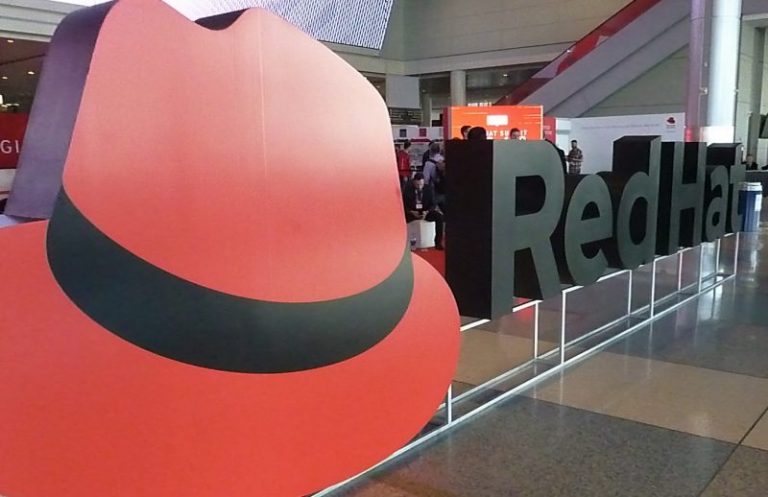 INFRA
INFRA
 INFRA
INFRA
 INFRA
INFRA
Open-source software giant Red Hat Inc. announced a series of updates at the MWC 2023 event in Barcelona today, underscoring its ambitions stretching across advanced 5G, telecommunications clouds, industrial edge, artificial intelligence, radio-access networks and energy efficiency.
First up is a new collaboration with Nvidia Corp. aimed at facilitating RAN deployments on industry-standard servers across hybrid and multicloud platforms. Red Hat explained that its enterprise Kubernetes platform, Red Hat OpenShift, has added support for Nvidia’s converged accelerators and Aerial SDK to help companies build more powerful 5G virtual RANs and other enterprise applications. The added support delivers a “composable infrastructure” that allows customers to support heavier compute demands of applications for edge computing, AI, private 5G and more, Red Hat said.
The partnership with Nvidia is about enabling network operators to adopt open architectures that allow them to choose between nonproprietary components from a multitude of suppliers. Open radio access networks are made possible through industry-wide standards that telecom suppliers can follow when building their network equipment. They provide end users with greater choice, giving them the freedom to select from various components that programmable, intelligent, disaggregated, virtualized and interoperable network functions.
By using a composable infrastructure, telecoms firms can streamline their resources and optimize existing information technology environments by doing away with the need for more specialized hardware and software. They can use Red Hat OpenShift as the basis of their networks, pair it with the infrastructure components of their choice, then integrate Nvidia’s graphics processing units, data processing units and converged accelerators that combine GPUs with DPUs into a single package, to process data packets faster. The setup will also allow network operators to isolate infrastructure-heavy tasks that need greater security, Red Hat said.
In addition to Nvidia, Red Hat is working with Samsung Electronics Co. Ltd. to offer a new vRAN solution that comes with enhanced integration and automation capabilities, the company said. The new offering will be available as a proof-of-concept in the second half of the year. It is designed to help service providers better manage their Open RAN-based networks at scale, while providing increased flexibility and operational efficiency to address the demands of 5G, Red Hat said.
On the energy efficiency side, Red Hat said it’s working with the U.K. chip designer Arm Ltd. to create new networking solutions that reduce power consumption for a range of applications. The collaboration encompasses the development and testing of new proof-of-concepts for energy efficiency that combine Red Hat’s open-source technologies with Arm’s most efficient compute platforms, which are based on a Reduced Instruction Set Compute architecture. Red Hat explained that by running Red Hat OpenShift and Red Hat Enterprise Linux on Arm’s latest Neoverse central processing units, customers will have access to a better-performing, energy-efficient CPU architecture that’s now customized for running cloud-native applications on low-latency 5G networks.
Meanwhile, to help enterprises better understand just how much power their workloads consume, it has announced the availability of the open-source Kubernetes-based Efficient Power Level Exporter project. Kepler, as it’s known, has just been donated to the Cloud Native Computing Foundation, in a move that will enable the wider community to extend its capabilities.
Kepler is software that can capture power-use metrics access a range of network infrastructure platforms, focused on reporting, reduction and regression, so enterprises can better understand how to curb their energy consumption. It works by using technologies such as CPU performance counters, extended Berkeley Packet Filters and machine learning to estimate power consumption by workload, then export this information as metrics. Those metrics can then be used for scheduling, scaling, reporting and visualization, allowing users to accurately assess the carbon footprint of their cloud-native workloads.
In addition to optimizing network infrastructure, Kepler can also aid in the development of more sustainable software by helping developers create less power-hungry applications.
THANK YOU